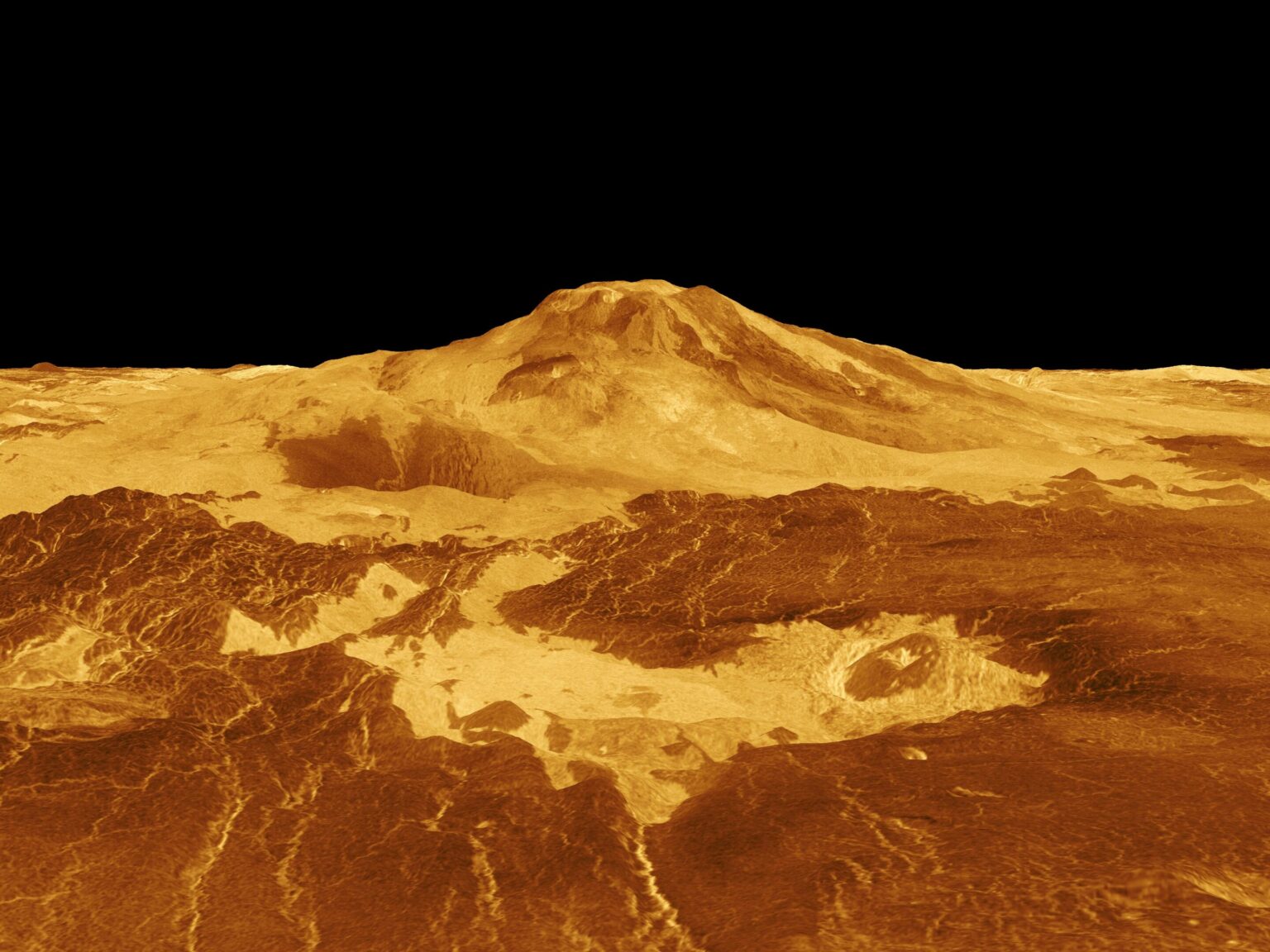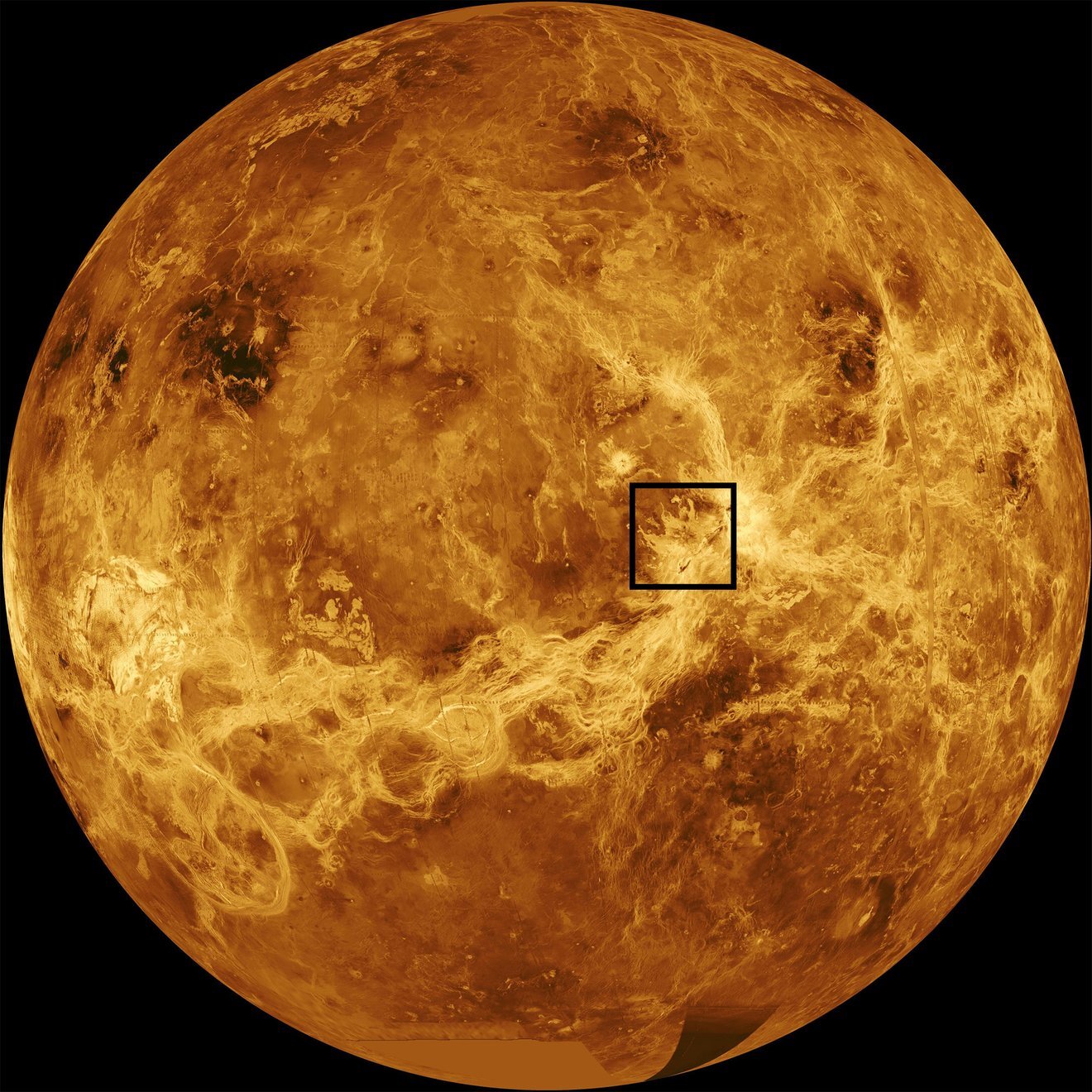Researchers have discovered an active volcano on Venus. The data on the basis of which a conclusion was made about its existence was obtained back in 1991 by the Magellan probe, which then explored the planet.

Images of the Magellan probe
A researcher from the Geophysical Institute of the University of Alaska Robert Herrick published an article in which he proved that there was an active volcano on Venus. Or at least it was active a few decades ago. The fact is that the scientist made the discovery using data from the Magellan probe, which explored the neighboring planet in the early 1990s.
The data of his research, which took place by surface radar, has not yet been available in a format that would allow their digital processing. When Herrick had the opportunity, he used computers to detect active volcanic activity, which expanded for eight months.
Volcanoes Ozza and Maat Mons
The starting point for the research was the images of the Ozza and Maat mountain systems obtained by Magellan in February 1991. These two relief details are among the largest mountains of Venus. They can be compared to the greatest volcanoes on Earth, but it has a noticeably smaller slope.
Herrick was interested in the vent on one of the domes of the volcano, which in the image had a diameter of about one kilometer. For comparison, he took a picture of the same place taken in October of the same year. The difference was noticeable.

A circular hole with a diameter of 1 km turned into an irregular pit about 1.5 km across in just seven months. At the same time, the images show that during this time the magma level in the vent has risen significantly so that its depth is only a few hundred meters.
Volcanism on Venus
All this allowed scientists to claim that this volcano on Venus is still active. This conclusion is very important for understanding its geology. The fact is that there is no movement of lithospheric plates on our neighbor. Therefore, the usual mechanisms of geological activity are inactive.
However, the surface of Venus looks quite young, because there are too few craters on it. And the main mechanism that this has been providing for some time is considered to be the activity of volcanoes. However, until now, scientists do not have an understanding of whether eruptions occur once a year, once in a hundred years or once in a million.
Until now, scientists have assumed that the planet could be as geologically dead as Mars. But, given the new study, the idea that eruptions on it take place almost annually looks more likely.
According to phys.org
Follow us on Twitter to get the most interesting space news in time
https://twitter.com/ust_magazine

